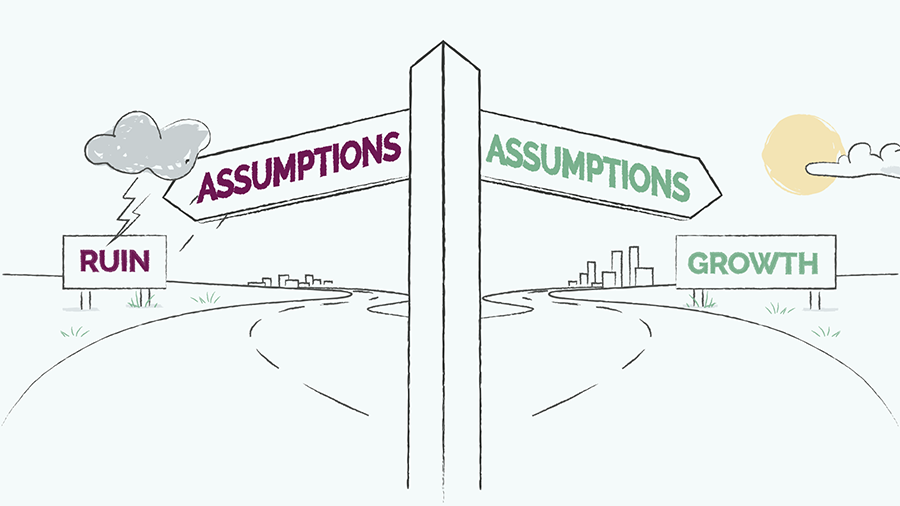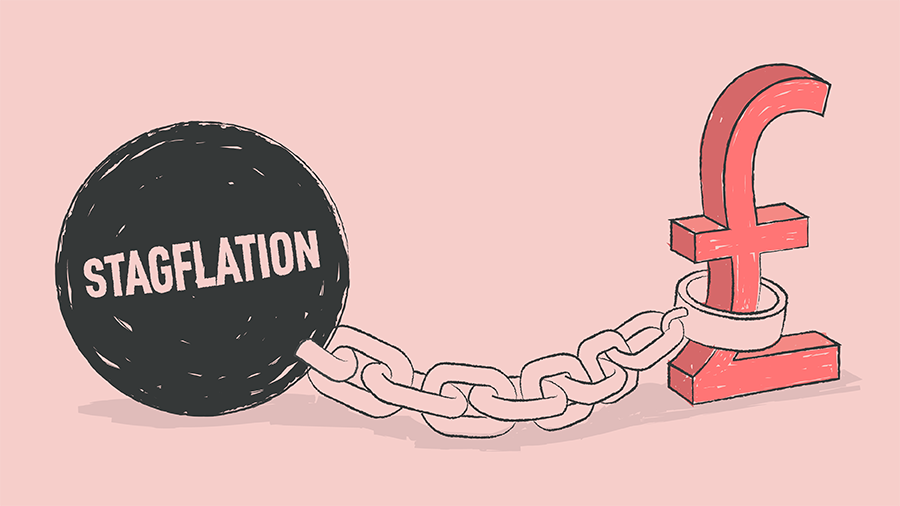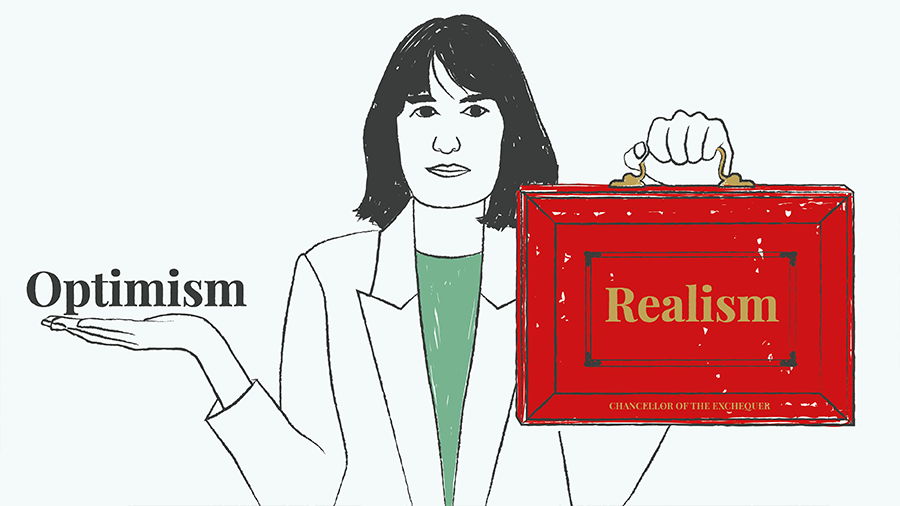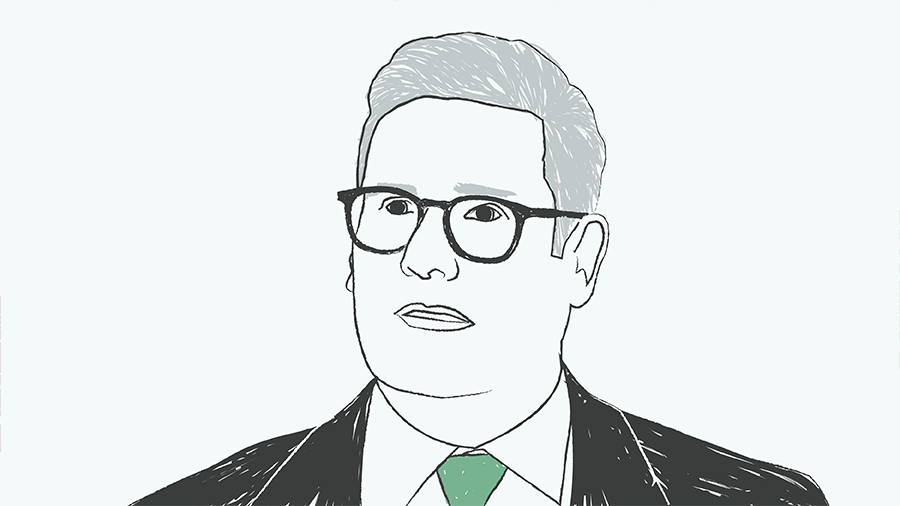 Indeed, they very often declined or failed to pursue the very same strategies that were responsible for their success in the first place. From Kodak in the face of the digital camera to countless department stores in the face of convenience retail, they kept doing what used to work for them – until it didn’t.
Indeed, they very often declined or failed to pursue the very same strategies that were responsible for their success in the first place. From Kodak in the face of the digital camera to countless department stores in the face of convenience retail, they kept doing what used to work for them – until it didn’t.
The proximate cause of such corporate failures is that conditions changed – technologies, competitors and customers moved on, making their old strategies obsolete.
But change and obsolescence are inevitable. Surely, you’d think, companies that had shown such incisive understanding of their situation should have been able to see the change coming and reinvent?
The reason they didn’t is that they forgot to keep challenging the assumptions that had led them to success in the first place.
Deeper questions of strategy
The inestimable management thinker Peter Drucker once described what he called ‘the theory of the business’ a deep and coherent understanding of the market and the firm’s capabilities that explained why it would be successful.
Every company had one, Drucker wrote, whether they were aware of it or not, and each company’s theory was based on a set of assumptions. When those assumptions were sound – and where they proved other companies’ assumptions wrong, extraordinary growth could happen.
M&S grew to pre-eminence after the First World War because it understood that retailers knew better than manufacturers what customers wanted. Spotify grew to its enviable position in the music industry because it understood that people wanted to listen to music, not own it.
On the other hand, Drucker wrote, when the core assumptions behind the theory of a given business are no longer true, the company’s strategy will almost always flounder, no matter how boldly the firm tries to adapt.
General Motors for example dominated the US car industry for 70 years based on the simple assumption that the best way to segment customers was by income.
When that was true, the rational thing for GM to do was divide its operations by price segment, prioritise keeping costs down within each segment to maximise margin, and encourage customers to the next most expensive segment as their income grew.
By the 1980s, Japanese car companies had started segmenting people based on lifestyle, meeting their needs with smaller production runs of a larger number of models, which was made possible by lean manufacturing techniques. Suddenly GM’s formula no longer worked, and it took them decades to catch up.
IBM similarly lost its dominance of both the established mainframe computer and nascent PC industries in the early 1990s because it erroneously believed that a ‘computer was a computer’ and tried to sell both, when in fact PCs and mainframes represented competing and contrasting visions for what a computer was, which could not co-exist in the same business.
“Because the PC was the fastest growing part of the business, IBM could not subordinate it to the mainframe business. As a result, the company could not optimise the mainframe business. And because the mainframe was still the cash cow, IBM could not optimise the PC business. In the end, the assumption that a computer is a computer – or, more prosaically, that the industry is hardware driven – paralysed IBM,” Drucker wrote.
What you can do about it
It can be hard enough to challenge our own assumptions, particularly when they’ve been proven right repeatedly. Drucker suggested systematising it – asking ‘if we didn’t already do this, would we start it now?’ every few years, about every product and business activity.
Another technique is to get someone external, who isn’t saturated in your assumptions, to play devil’s advocate, though you have to be willing to listen to what they say.
It’s also an idea to start listening to non-customers – we spend a lot of time trying to understand our own customers, but they can’t tell you why people aren’t buying from you, a critical piece of information.
Finally, pay attention to when things don’t go according to plan. As Drucker said, unexpected failure – and even unexpected success – warrants investigation for what it can tell you.
It may be that your assumptions about your customers or technology or what you do better than anyone else as a business prove to be mistaken. But if you spot it early enough, this needn’t be a bad thing. In fact, it can be a real opportunity for reinvention.
















